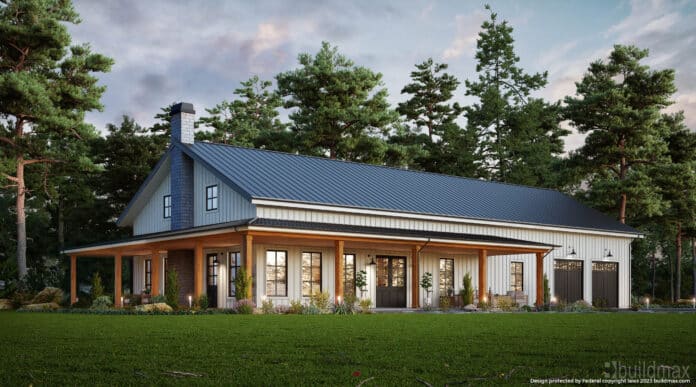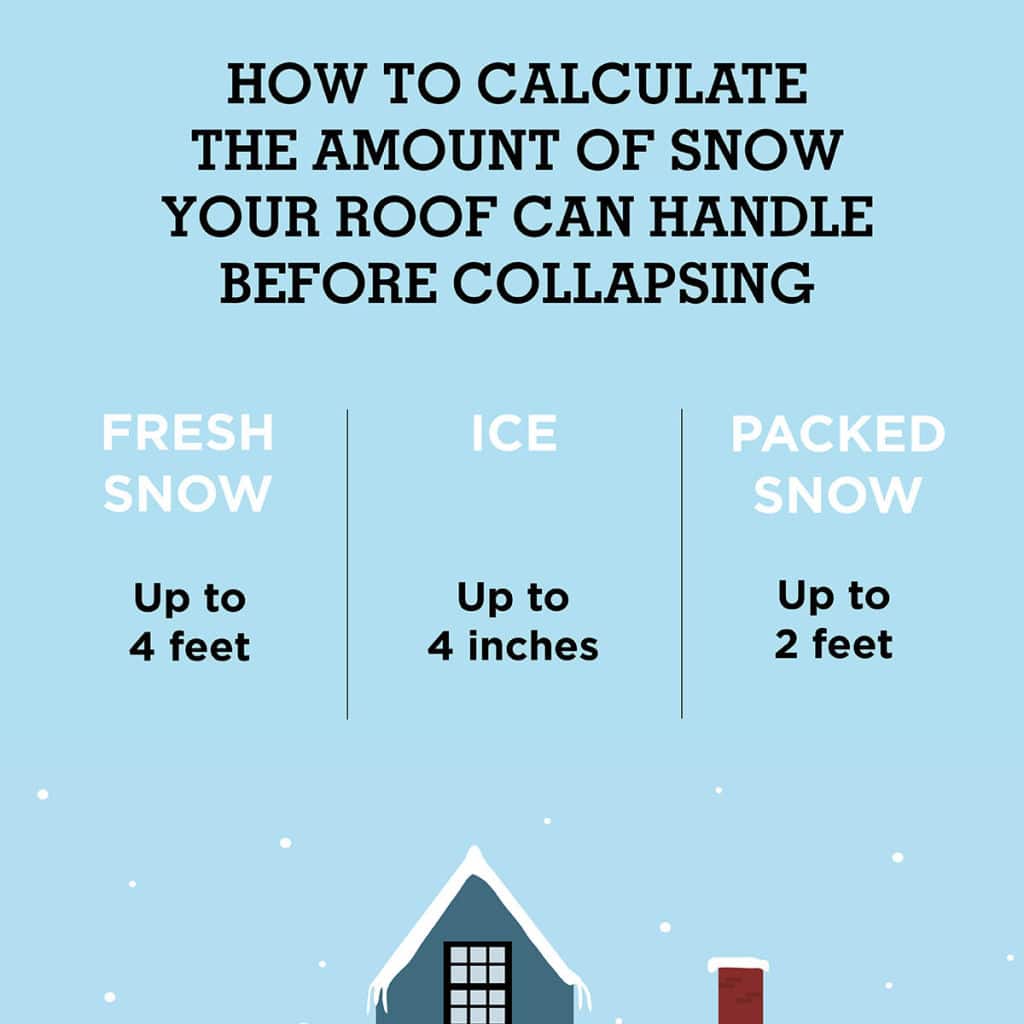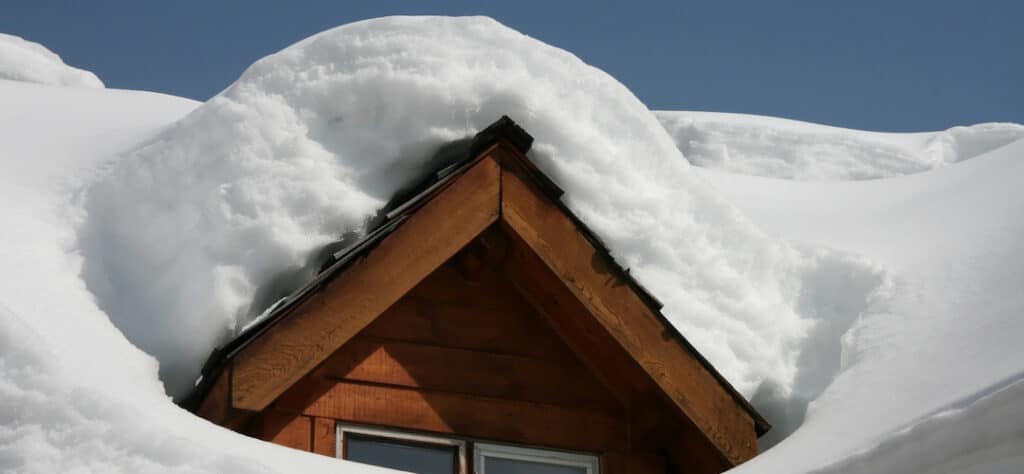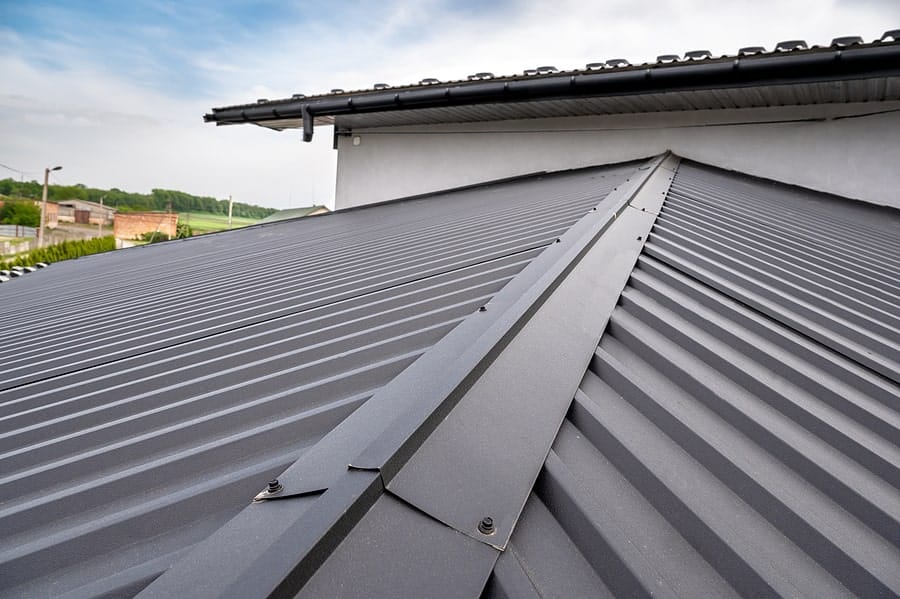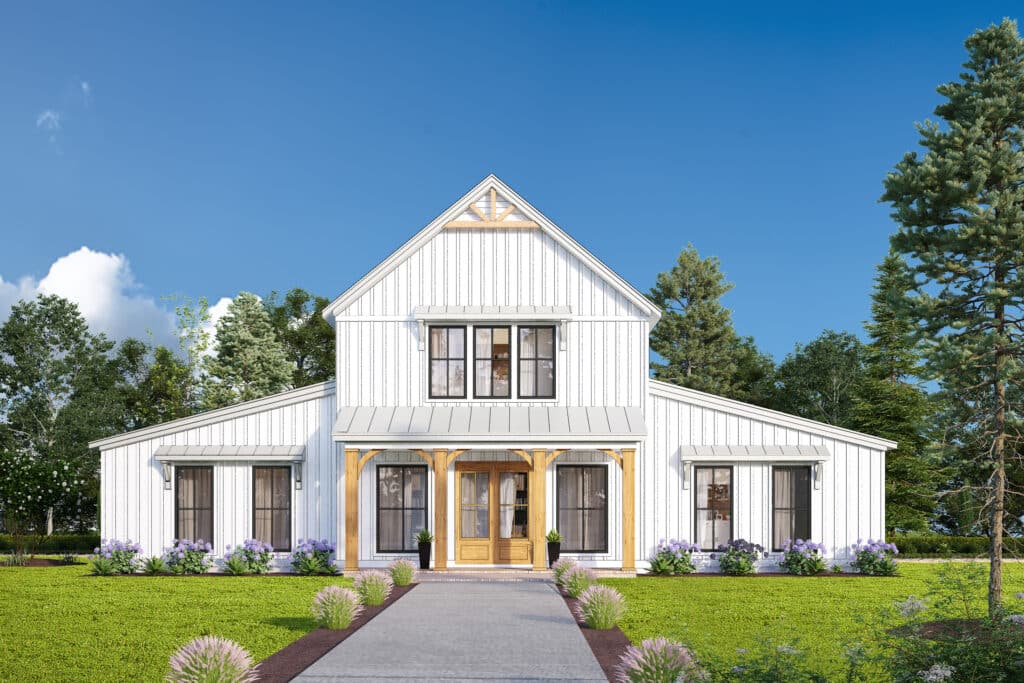Navigating the Winter Wonderland: The Safety of Barndominiums in Snow
As the popularity of barndominiums continues to rise across diverse climates, potential homeowners in colder regions are increasingly curious about their performance in snowy conditions. Are barndominiums, particularly those with steel frames, capable of withstanding the weight of heavy snowfall? How much snow is too much? Understanding the structural integrity of these modern dwellings against snow loads is crucial for those looking to build a barndominium in snow-prone areas. This article delves into these questions, providing statistics, valuable data, and insights into the snow resilience of steel barndominium kits.
The Structural Integrity of Steel Frame Barndominiums in Snow
Steel, known for its high strength-to-weight ratio, offers exceptional durability and resilience as a building material for barndominiums. Unlike traditional wood frames, steel’s robust nature makes it less susceptible to warping, rotting, or pest infestation, ensuring long-term structural integrity. This inherent strength is particularly advantageous in regions experiencing heavy snowfall, as the weight of accumulated snow can pose a significant challenge to buildings.
Understanding Snow Loads
Snow load is a critical factor in the design of any building in snowy climates. It refers to the weight of snow, usually measured in pounds per square foot (psf), that a roof can safely support. The American Society of Civil Engineers (ASCE) provides guidelines in ASCE 7, “Minimum Design Loads for Buildings and Other Structures,” which includes criteria for calculating snow loads based on historical weather data, geographical location, elevation, and roof design.
For instance, in areas with light snow, the typical ground snow load might be as low as 10 psf, while heavy snow regions can see ground snow loads exceeding 70 psf. Steel barndominium kits are designed with these loads in mind, ensuring they meet or exceed local building codes and standards for snow loads.
How Much Snow Is Too Much?
The amount of snow that is “too much” depends on several factors, including the density of the snow and the design of the building. Fresh, fluffy snow is less dense (about 7 pounds per cubic foot) compared to packed snow (20 pounds per cubic foot) or ice (57 pounds per cubic foot). A roof designed to handle a load of 30 psf could theoretically support up to 4 feet of fresh snow, 1.5 feet of packed snow, or about 6 inches of ice.
However, it’s essential to recognize that wind patterns, roof slope, and thermal conditions can affect snow accumulation and distribution, potentially creating localized areas of higher stress. Therefore, barndominiums in snowy regions are designed not just to support a uniform snow load but to withstand these variable conditions as well.
Snow Loads on Steel Barndominium Kits
Manufacturers of steel barndominium kits take snow loads seriously, engineering their products to comply with local building codes that dictate the minimum snow load requirements. For example, a steel barndominium kit might be rated for a snow load of 30 psf as a baseline, with options for customization to meet higher requirements in more snow-prone regions. The flexibility of steel construction allows for adjustments in the design, such as increasing the pitch of the roof or reinforcing the structure, to enhance snow load capacity.
Ensuring Safety in Snowy Climates
For homeowners considering a barndominium in an area prone to heavy snowfall, there are several strategies to ensure safety and durability:
– **Consult Local Building Codes**: Always refer to local building codes for the minimum snow load requirements in your area. These codes are based on historical data and are designed to ensure safety.
– **Work with Experienced Builders**: Choose a contractor or manufacturer familiar with building in snowy climates. They can provide valuable insights into the necessary design modifications and enhancements for your barndominium.
– **Consider Roof Design**: A steeper roof pitch can help snow slide off more easily, reducing the load on the structure. Additionally, features like snow guards can prevent sudden slides that might pose a danger to people or property below.
Barndominiums, with their steel frame construction, offer a strong and safe option for those in snowy regions. By adhering to local building codes, working with knowledgeable professionals, and considering the specific challenges posed by snow, homeowners can enjoy the beauty and functionality of a barndominium year-round, regardless of the weather. As with any construction project, planning, and preparation are key to ensuring that your barndominium stands strong against the snow, providing a warm and secure haven for years to come.



